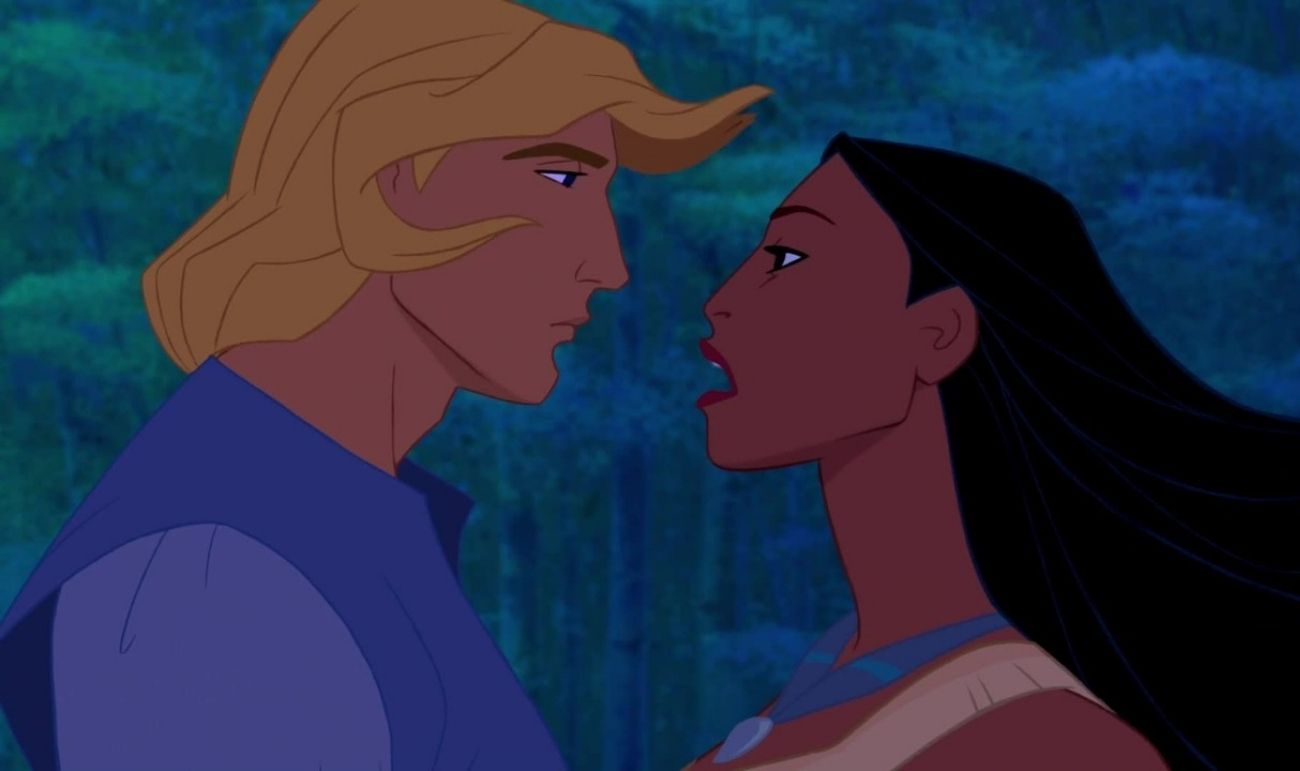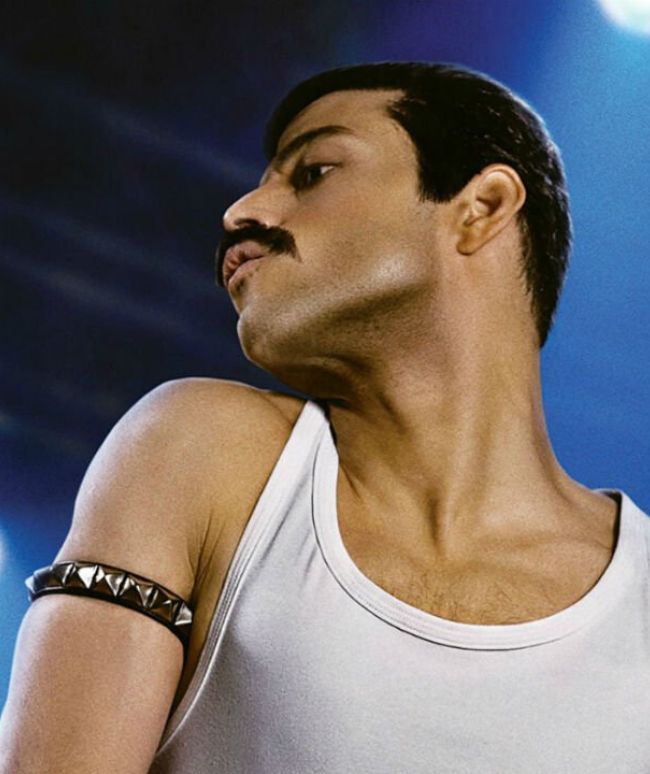
Savages! Barely Even Human
An integral part of my Spotify playlist includes songs from Disney cartoons, particularly the classics from the ’90s, as they played a significant role in my upbringing. Recently, I’ve come to appreciate them on a deeper level, rediscovering the brilliance of their creators. Don’t get me wrong, I’ve always loved them. Whether my parents realized it or not, these classics laid the foundation for my values and upbringing.
What’s remarkable about old Disney fairy tales is that they resonate with both children and adults. They are complete works of art, from the dialogue and script to the music. They impart essential values to young audiences, shed light on the complexities of the “grown-up” world, and convey age-old wisdom that adults sometimes forget. Personally, they provoke thought and challenge me to see the nuances in the situations they portray.
I sometimes ponder whether my choice of a career in the IT industry is influenced by its binary nature. It’s easier to navigate a world of clear answers where things are either right or wrong, working or not working. Unfortunately, our daily lives are not as black and white; they are filled with shades of gray.
The theme of race is subtly explored in the story of Pocahontas. The English, led by the greedy Governor Ratcliffe, arrived in the New World in pursuit of settlement and gold. However, these lands were already inhabited by Indian tribes. While one might perceive the story as a commentary on human greed, for me, it directly addresses discrimination and prejudice—when we assume that those who are different from us are somehow inferior.
„They're not like you and me
Which means they must be evil ”
Marie Skłodowska-Curie eloquently expressed the common human tendency to fear the unknown and harbor dislikes for things they are unfamiliar with. Such resistance to understanding is often born from preconceptions and prejudices that restrict us. The root of this issue lies within ourselves, and the solution requires an open mind and heart to alternative perspectives. To achieve this, we must relinquish our prejudices and be open to the possibility that we may be wrong. Fostering a broader outlook entails challenging our existing beliefs with a curious and open-minded approach.
I’ve written about a related topic in one of my previous blogs, titled “Do you feel inspired? Work!” In that piece, I raised the question of “who makes the rules?” and encouraged readers to adopt the mindset that there are no set rules, empowering them to create their own rules to guide their lives. Similarly, we can apply this principle to our beliefs by giving ourselves a clean slate. To do so, we should engage in questioning with the same openness and curiosity as a child.
During a recent client meeting, a statement caught my attention: “you know how it is with employees.” Intrigued, I asked, “What do you mean?” The response I received was that “no one wants to work, and when they do show up, they expect high wages while doing very little.” This prompted me to ponder the reasons behind this perception. I continued my inquiry, “Why do you think this is happening?” The client’s response was laden with bitterness, suggesting that the younger generation had been spoiled with benefits, giving them little incentive to work.
I shared my personal experience, which contrasts with the client’s perspective. I explained that I have a fantastic team that enjoys working together, fostering a sense of camaraderie. I mentioned that none of my team members are older than 30, with myself being the oldest member. This revelation seemed to surprise the client, who regarded me with a quizzical expression and tightly pressed lips.
I had not anticipated the strong emotions that would follow, and I posed another question: “Do you think that if you chose a team with similar goals and values and clearly communicated your expectations, the situation would be different?”
What followed could only be described as an unintentional unleashing of a storm. The client felt attacked, despite my questions being driven by curiosity and a desire to understand his perspective. Perhaps unconsciously, he perceived my inquiries as an “attack,” and I suddenly found myself subjected to the typical process of profiling. I was labeled as young and naive, someone who lacked a comprehensive understanding of the world and whose comments would be of little help due to the differences in our industries. The client even suggested that we could revisit this conversation in a decade, implying that my insights would change. He recommended that I ask my husband about workplace matters.
In this situation, it’s essential to highlight that my questions were intended to elicit the client’s views. However, the client chose to profile me based on my age and gender. He had an opportunity to consider the possibility that his beliefs were incorrect and that his actions were influenced by misconceptions. Instead, he opted to adhere to his established beliefs, asserting that I was wrong to question him. In doing so, my questions seemed to challenge his ego and shake his conviction that “everyone thinks the same way.” In such moments, it’s worth contemplating alternatives, such as whether there might be issues with the recruitment process, engaging in open discussions to challenge existing beliefs, and being receptive to new perspectives. Unfortunately, not everyone is willing to embrace such an approach.
Let’s envision a child sitting in front of me instead of an adult client. Would the child have reacted with passive-aggression to my question? No, a child would likely contemplate the question and provide an honest response. I want to clarify that I, like everyone else, have my own set of beliefs and prejudices. Acting against them can be challenging. However, it is entirely possible to engage in honest listening, reflect on the situation, and respond in a way that fosters meaningful dialogue rather than resorting to passive-aggressive behavior.
„They're savages, savages
Barely even human ”
We often fear being different because we don’t fully understand it. It’s easier and safer to follow well-trodden paths and adhere to familiar rules. Repetitive behavior provides a sense of harmony and peace, but it’s chaos that sparks change. Great philosophers, thinkers, and successful individuals have consistently challenged established standards, broken patterns, and even questioned their own beliefs. They do this to uncover the liberating truth that expands our horizons.
Prejudices, on the other hand, stand in direct opposition to the truth. They serve as barriers to the freedom that we all desire. If freedom is what we seek, then why not allow ourselves to break free from the shackles of harmful beliefs, both those of others and our own? Embracing change and challenging our preconceived notions is the path to true freedom and personal growth.
„Beneath that milky hide
There's emptiness inside
I wonder if they even bleed
They're savages, savages ”
Pocahontas exhibited the curiosity and behavior of a mischievous child. She defied the rules imposed on her, including mandates like ‘do not approach them,’ ‘do not venture out after dark,’ and ‘do not walk alone.’ Similar to children, she did not contemplate the consequences of her actions. Her curiosity was driven by an increasing desire to understand the unfamiliar and the questionable nature of the ‘white devils’ who were new arrivals. While it’s worth noting that the outcome might have been different if she had encountered someone other than John Smith, delving into the hypothetical tragedy that didn’t occur seems unnecessary.
As the fairy tale unfolds, the situation becomes exceedingly complex for the protagonist. Pocahontas finds herself torn between contradictory emotions and conflicting feelings toward both sides. She had meaningful interactions with individuals from each group, making it challenging for her to fully align with either.
Upon reflection, it’s evident that Pocahontas approached the situation with an open and unbiased perspective. She observed, learned, and experienced the interactions, which allowed her to gather the necessary information for a thoughtful assessment. Her decisions were guided by her core values, such as truth, love, and goodness. These principles empowered her to make a bold and challenging decision, as she opposed both sides and rejected their prejudices against each other.
„I don't know what I can do
Still, I know I've got to try
Eagle, help my feet to fly
Mountain, help my heart be great ”
Opposing popular beliefs and expressing unpopular opinions in any group can be challenging, often leading to temporary exclusion. However, it is preferable to make the right decision in alignment with one’s true self rather than acting out of fear, compromising one’s integrity, soul, and heart. When we reflect on our actions later, can we look at ourselves with self-respect and not with the burden of cowardice? Can we forgive ourselves and live a fulfilling life?
Breaking free from restrictive beliefs, asking questions, and challenging the reality in which we exist requires courage. Confronting the truth and speaking the truth are among the bravest acts one can perform. It’s like gazing at your reflection in the mirror, seeing your true self with all its strengths and weaknesses, and refusing to turn away.
When we look into another person’s eyes with love and an open heart, we truly see them, uncovering all that lies within. I’ve often contemplated why the phrase “I see you” from the movie Avatar is so powerful, and now I understand. Our conventional “I love you” doesn’t necessarily imply that we truly see the person. It’s possible that we love our idealized image of people, but authentically seeing a person and loving what we discover within them is a profound challenge that demands a generous heart.

Organize your life.
The first publication in the Untold product series, created to share methodology for organizing everyday life, cultivating systematic discipline, and developing proper habits. Drawing from the author's experience, knowledge, beliefs, and commonly available coaching tools, she aims to inspire you to take action and present you with a straightforward approach to achieving fulfillment and building self-esteem. Written in a simple way, it contains examples from everyday life, practical tips, exercises, and beautiful graphics. Available in e-book and audiobook.




Leave a Reply